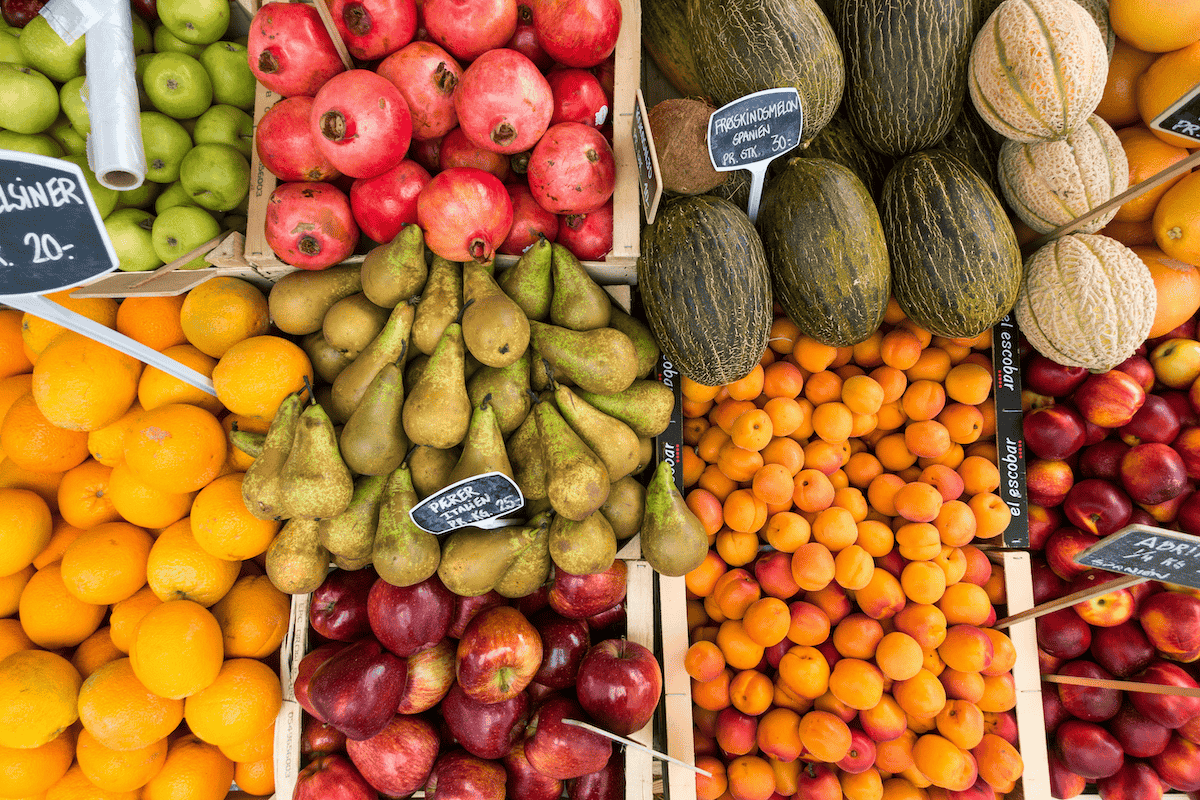This is just a sneak peek at the thousands of consumer insights available to CivicScience clients. Discover more data.
With months of data on consumer preferences, CivicScience is staying on the pulse of Americans’ attitudes towards Ozempic and other GLP-1 medications. Currently, 8% of U.S. adults are using a GLP-1 medication for weight loss, yet almost one third (32%) indicate that they are not sure how long they will continue to do so, with cost and side-effects the two most common reasons former users gave for stopping the medication.
The latest data in the Ozempic and GLP-1 Consumer Tracker underscores the most up-to-date information on awareness, usage, and lifestyle changes, as well as the potential ramifications on prescription access, dietary changes, and retail. Here are three key takeaways from our most recent report.
1. Online Prescriptions Gain Traction
Although physicians continue to be the most common way for users to receive their GLP-1 prescriptions, last month saw an increase in those who received their prescription online. Companies such as Ro, WeightWatchers, and Noom offer users a convenient – and perhaps less intimidating – platform for accessing the weight-loss drugs. Other online telehealth pharmacies are selling “compounded” versions of GLP-1 medications, which can be purchased without insurance and are not subject to FDA review and approval. Only time will tell if buying online, currently the third most popular way to get a GLP-1 prescription, continues to gain traction.
Join the Conversation: Have you personally considered taking Ozempic or another FDA-approved weight loss drug?
2. Fruits and Vegetables Increase in Popularity
GLP-1 users continue to report changes in their eating habits. Fruits and vegetables are the most highly consumed category of food by those taking the drug, with users 29 percentage points more likely to consume them ‘more often’ than ‘less often.’ Protein-heavy foods, such as meat and eggs, come in second. Meanwhile, consumption of dairy and grains is largely unchanged. Given the fact that fast-food restaurants are still the most popular type of restaurant among GLP-1 users, this surge in fruit and vegetable intake is worth noting.

3. New Wardrobes On the Way
GLP-1 medications are disrupting the apparel industry, as retailers need to adjust their sizing for smaller sizes. CivicScience data show the majority (76%) of GLP-1 users intend to purchase clothing in the next three months. Among a variety of options, dresses and skirts are by far the most desired, over-indexing for purchase intent. As a result, retailers should prepare for an influx of shoppers, especially women, looking to find clothes that are a better fit.

With the buzz around Ozempic and other GLP-1 medications showing no sign of dying down, the impact of interest and usage will continue to be felt across all industries.

